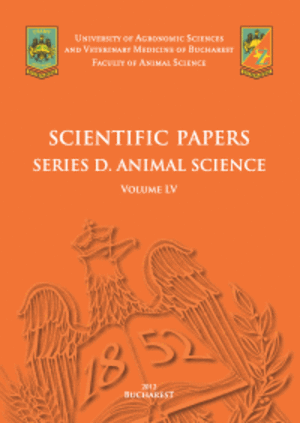Published in Scientific Papers. Series "Management, Economic Engineering in Agriculture and rural development", Vol. 25 ISSUE 1
Written by Mădălina Roxana ILIE, Georgiana Armenița ARGHIROIU, Silviu BECIU
This study is examining the evolution of rural tourism in Romania from 2013 to 2023, focusing on the factors contributing to its growth. Based on data from the National Institute of Statistics, rural tourist accommodations increased by 23% for tourist guesthouses and by 118.8% for agro-tourist guesthouses over the decade. Tourist arrivals in agro-tourist guesthouses more than doubled, with Romanian tourists increasing by 168.6%. Despite the challenges posed by the COVID-19 pandemic, the sector demonstrated resilience and continued growth, with slow fluctuations over the Covid-19 period. The study also briefly touches on how emerging technologies, such as virtual reality or 360-degree videos, could enhance tourist experiences and support the sustainable development of rural areas, ensuring that Romania remains competitive on the global tourism market.
[Read full article] [Citation]

 Next Issue will be published according the the calendar.
Next Issue will be published according the the calendar.



